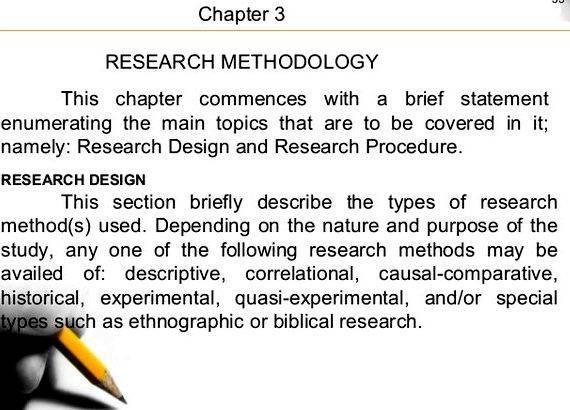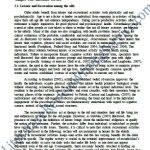Academic success can be the matter of proper division
You may have conducted a brilliant dissertation research full of far-fetched consequences, explosive insights and breath-taking discoveries but if you are unable to present your findings in the proper form your dissertation will run the risk of unjust grading (the better scenario) or find itself in the wastepaper basket (the worse course of events). Learn how to divide and present your research materials properly!
Chapters Outlay
Dissertation structure may encompass several chapters (with some variations throughout disciplines and professors’ preferences):
- Introduction,
- Abstract/Thesis
- Hypothesis validation,
- Statistical data analysis,
- Conclusions.
A chapter-wise format of the dissertation is the universal requirement that facilitates the paper dissemination and recognition throughout different research fields.
The First Chapter
Here we’ll dwell in detail upon the paper body. The first chapter is mainly the introductory one, inducting the readers into the state of affairs in the researched area. It covers the research background in the form of the evaluative review, shows the borderlines (fuzzy or interlapping) of the phenomenon in question and outlines the problems that remain unsolved. This chapter discloses theoretical prerequisites for the particular research undertaken by the student. In the consequent chapters the author describes the research process, sheds light upon methodology and technical procedures of the research, as well as ponders upon the results achieved.
The composition of every chapter should start with the elucidation of the pivotal thoughts in the form of the short paragraphs. Every single paragraph must contain the independent idea; its very first sentence must represent its essence in the compressed form.
There should be “linking elements” that make the text a coherent and cohesive unity, offering the smooth transition from page to page, from idea to idea.
Ways of Presenting Information in a Dissertation
Researchers strive to bring their ideas home to the readers in the most appropriate way. Some think it is enough to describe the research structure in brief, delegating the greater amount of attention to the results. Others invite the readers to their creative laboratory, lead them from one stage to another without haste, painstakingly explain the methods of their work, its advantages and disadvantages. The first variant is applied by the authors of highly-specialized monographs; the second one is more advisable for the students’ papers. It lends better opportunities to display an author’s abilities to conduct research work, scope of scientific thinking, extensive knowledge of the sphere, etc. The main methods are:
- successive (systematic work chapter-by-chapter in one-at-a-time manner);
- integrity-oriented (with correctional processing of chapters after the whole paper completion);
- selective (the chapters are written separately at random sequence, having factual information readiness in focus).
There are pros and cons for every method; the optimum method selection depends upon the author of the research paper.
There is a plethora of specialists in the sphere of dissertation writing who are glad to offer their services to the future pillars of science.
But the specialists who can do it at the appropriate level are so few in number. The first among the equal is DissertationToday.com.






 Linspiration du poete dissertation writing
Linspiration du poete dissertation writing Writing literature review for dissertation
Writing literature review for dissertation Rutgers university library dissertations samples
Rutgers university library dissertations samples Stanford art history phd dissertation
Stanford art history phd dissertation Dissertation proposal sample business memo
Dissertation proposal sample business memo






